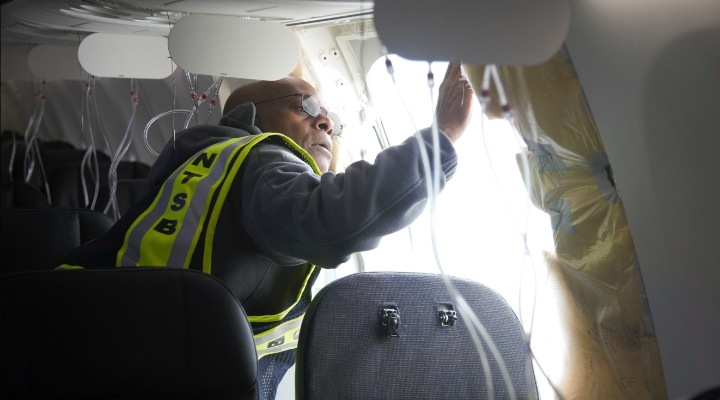
Neither the inferno of the Airbus A350 operating as Japan Air Lines flight 516 nor the fuselage panel failure on the Boeing 737 MAX-9 flown by Alaska Airlines on flight 1282 during the first week of 2024 resulted in serious injury to any of their 556 passengers and crew. Their survival is due to safety features built into commercial airplanes that add to the complexity and cost of manufacturing but are obviously worthwhile to protect the lives of people on board.
Investors in Boeing and Airbus bank on the long-term durability and safety records of the companies’ products and the firms’ ongoing obligation to adhere to the strictest product governance standards to meet safety requirements. The fatal crashes of two Boeing 737 MAX-8 aircraft in 2018 and 2019 caused grave consequences for Boeing, including the grounding of the entire 737 MAX fleet by global aviation regulators for nearly two years, precisely because they called into question Boeing’s ability to fulfill its product governance commitment.
To this day, Boeing is working out flaws in its manufacturing processes for new 737 and 787 jets that came to light under intense scrutiny following the 737 MAX-8 crashes. The 737 MAX-7 and MAX-10 variants have not yet been certified as airworthy by the U.S. Federal Aviation Administration, though we think they will eventually be certified.
On Jan. 6, the FAA announced that 171 Boeing MAX-9 jets of the type flown on Alaska Flight 1282 must be inspected before they can fly again. At this point, we do not believe those inspections or any revision to how the 737 MAX-9 fuselages are made by Spirit Aero Systems as a supplier to Boeing will have a material financial impact on Boeing or its customers, and our $232 fair value estimate is unchanged. However, the dramatic nature of the flaw will have the effect of once again calling Boeing’s product governance into question by customers, regulators, and the flying public.





















